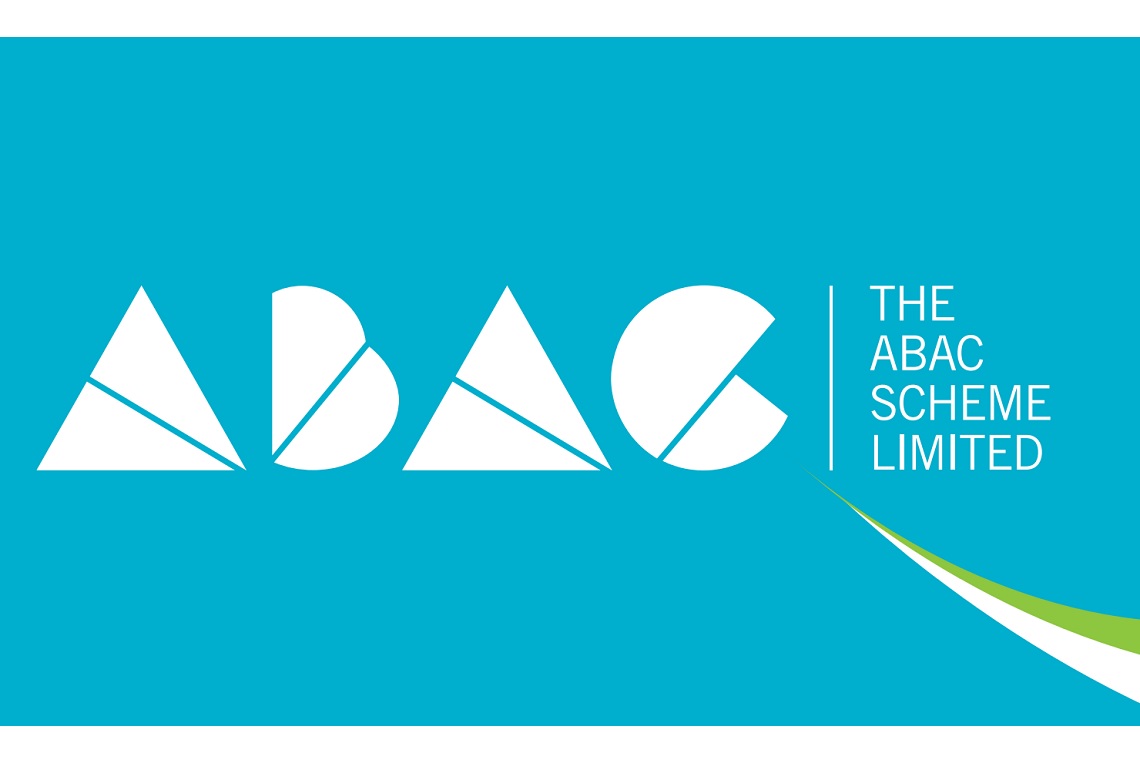Australia’s Alcohol Beverage Advertising Code (ABAC) is the country’s internationally respected responsible alcohol marketing and packaging rules, which turns 21 today.
Part of the reason for the Code’s success, according to ABAC’s Independent Chair Harry Jenkins AO, is its proactive approach to evolving and expanding its reach to keep pace with new marketing trends and emerging communications.
“Increasingly, Australia’s Code is being looked to as a standard setter,” Jenkins said.
“New issues and trends around social and digital media are challenging for governments and industry, alike, and, as new media emerge, ABAC has been actively engaging with platforms, identifying ways they can support responsible alcohol marketing.
“This proactive approach to the changing landscape of marketing in Australia since its inception in 1998 keeps the Code effective, with a view to staying a step ahead. Social research by Colmar Brunton over a number of years demonstrates ABAC’s rulings are generally more conservative than public opinion, demonstrating alcohol advertising in Australia meets community standards.
“ABAC’s Pre-Vetting Service, which checked 1751 alcohol ads last year before they went to market, is under-recognised for its important work in educating alcohol marketers on responsible alcohol promotion and correcting ads that don’t meet ABAC’s high standards prior to going live.
“ABAC has been exceptionally fortunate to have former Federal Attorney-General, Prof. Michael Lavarch AO, chair ABAC’s Independent Adjudication Panel since it began 21 years ago. This continuity has enabled the Panel to identify and drive new areas for ABAC to consider and address.
“Last year ABAC responded to emerging Panel findings by updating its digital best practice on social media influencers to ensure they meet best practice. This is ahead of other international jurisdictions, which are looking to the Australian model as a blueprint.
“This innovative approach is also reflected in ABAC’s Placement Rules. Implemented 18 months ago, these rules guide alcohol marketers in ensuring alcohol marketing is directed toward adults and away from minors.”
Last year ABAC released its ’20 Years of ABAC’ publication, which looks back at adverts banned under the Code and acknowledges the changes in community attitudes over the years. The publication is available on the ABAC website.

